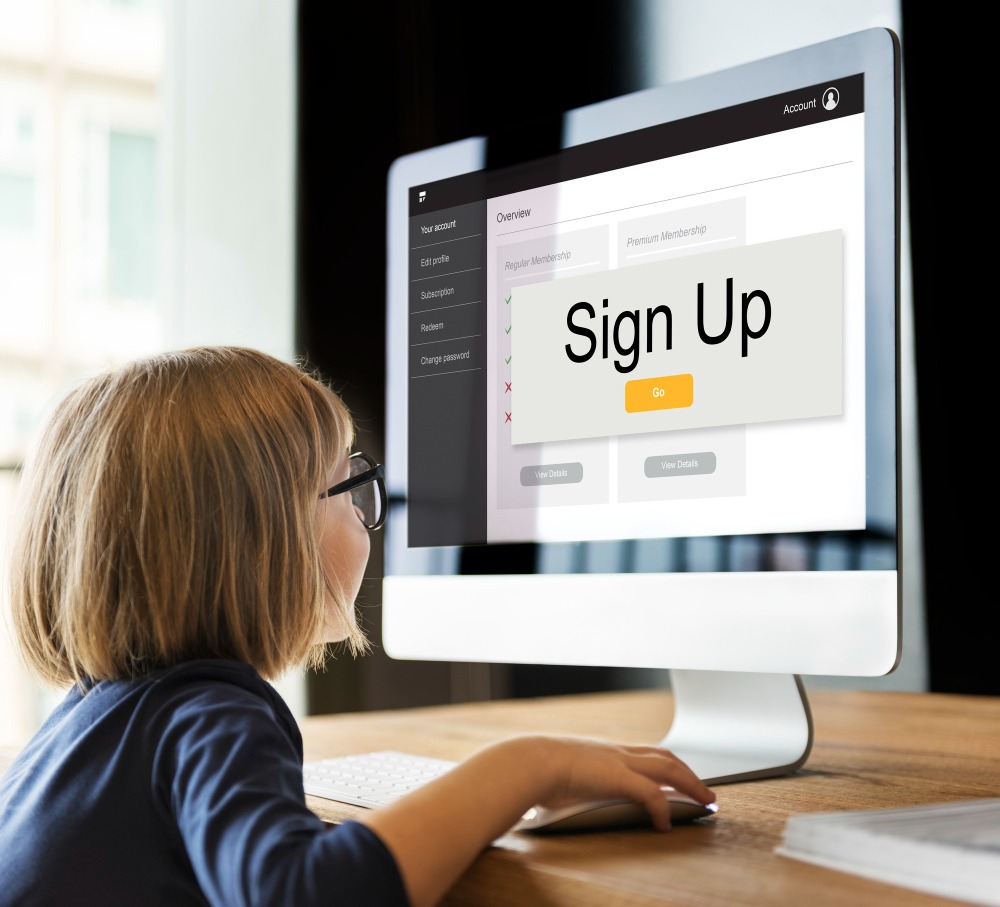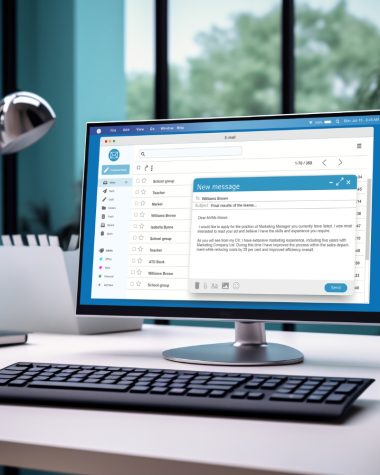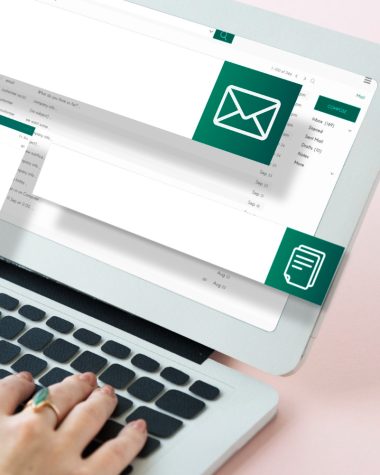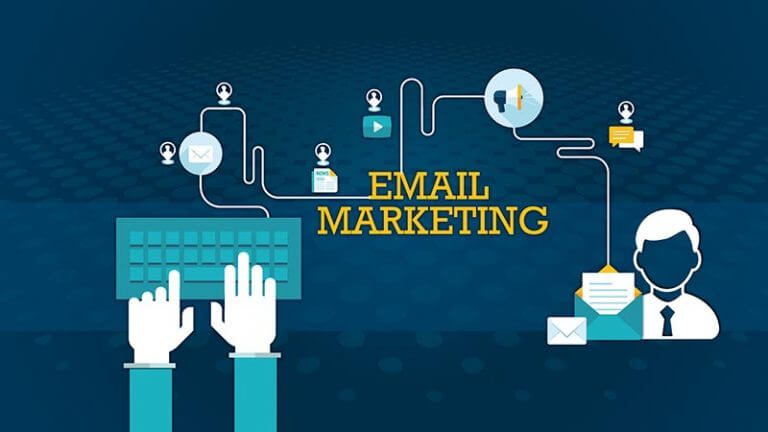Building an email list is one of the most powerful strategies in digital marketing. It gives you direct access to your audience and allows you to communicate with them on a personal level.
Whether you’re a blogger, small business owner, or marketer, cultivating a robust email list can help you grow your brand, drive sales, and build lasting relationships with your subscribers.
In this guide, I’ll take you through the essential steps to building an email list from scratch. We’ll cover everything from the initial planning phase to growing and maintaining your list over time. Let’s dive in!
Define Your Audience
Before you even start collecting email addresses, you need to have a clear understanding of who your audience is. This involves:
Identifying Your Niche: Determine the specific niche or industry you are targeting. Are you offering health advice, financial tips, or maybe creative writing services? Knowing your niche will help you tailor your content to meet the specific needs of your audience.
Understanding Their Pain Points: What problems are your audience facing that you can solve? For example, if you’re targeting small business owners, they might struggle with digital marketing. By understanding their pain points, you can create content that resonates with them.
Creating a Customer Avatar: Build a detailed profile of your ideal subscriber. Consider their age, gender, location, interests, and behaviors. The more detailed your avatar, the better you can craft messages that speak directly to them.
Choose the Right Email Marketing Platform
The next step is to select an email marketing platform that will allow you to collect and manage your email list. Some popular options include:
Mailchimp: Known for its user-friendly interface and robust free plan, Mailchimp is a great option for beginners.
ConvertKit: Ideal for content creators, ConvertKit offers features tailored to bloggers, YouTubers, and podcasters.
AWeber: Another excellent choice, AWeber provides powerful tools for automating your email marketing.
Each platform has its own strengths, so it’s important to choose one that aligns with your needs and budget. Once you’ve selected a platform, you’ll need to create an account and set up your first email list.
Create a Compelling Lead Magnet
A lead magnet is something of value that you offer to your audience in exchange for their email address. It needs to be highly relevant and valuable to your target audience. Some effective lead magnets include:
Ebooks or Guides: Offer in-depth information on a topic your audience cares about. For example, a fitness coach could offer a free ebook on “10 Easy Home Workouts.”
Checklists: Simple, actionable checklists that help your audience accomplish something quickly. For example, “The Ultimate Travel Packing Checklist.”
Discounts or Coupons: If you’re running an online store, offering a discount on a first purchase is a powerful incentive.
Webinars: Provide a free webinar on a topic of interest. For instance, a marketing expert might offer a webinar on “How to Build Your Brand on Social Media.”
Free Trials or Samples: If you have a product or service, offering a free trial or sample can encourage people to join your email list.
Design an Eye-Catching Opt-In Form
Your opt-in form is where people will enter their email addresses. It needs to be well-designed and strategically placed on your website to maximize sign-ups. Here’s how to optimize your opt-in form:
Clear Headline: Your headline should clearly state what the subscriber will receive. For example, “Join Our Newsletter for Weekly Gardening Tips.”
Minimal Fields: Keep the form simple. Generally, asking for just the email address is enough, although you might also want to collect the first name for personalized emails.
Strong Call-to-Action (CTA): Use action-oriented language on your submit button. Instead of “Submit,” try something like “Get My Free Ebook” or “Join Now.”
Visual Appeal: Use colors and fonts that stand out but also align with your brand’s aesthetics. A visually appealing form can attract more attention.
Placement: Place your form in high-traffic areas of your site, such as the homepage, blog posts, and sidebar. Pop-ups can also be effective if used sparingly.
Drive Traffic to Your Opt-In Form
Now that you have an opt-in form ready, it’s time to drive traffic to it. Here are some proven strategies:
Content Marketing: Create high-quality blog posts, videos, and podcasts that provide value to your audience. Include links to your opt-in form within your content.
Social Media: Share your lead magnet on social media platforms where your audience hangs out. Use compelling visuals and captions to encourage clicks.
Guest Posting: Write guest posts for other blogs in your niche and include a link to your opt-in form in your author bio.
Paid Advertising: Use platforms like Facebook Ads or Google Ads to target your ideal audience and direct them to your opt-in form.
Collaborations: Partner with influencers or other businesses in your niche to promote each other’s lead magnets.
Segment Your Email List
Once you start collecting email addresses, it’s important to segment your list. Segmentation involves dividing your list into smaller groups based on specific criteria. This allows you to send more targeted and relevant emails. You can segment your list by:
Demographics: Age, gender, location, etc.
Behavior: Purchase history, email open rates, click-through rates.
Interests: The topics your subscribers are most interested in.
By segmenting your list, you can send personalized emails that speak directly to the needs and interests of each group, leading to higher engagement and conversion rates.
Craft High-Quality Email Content
The success of your email list largely depends on the quality of your email content. Your emails should provide value, whether it’s through informative content, exclusive offers, or entertaining stories. Here’s how to create engaging emails:
Write Attention-Grabbing Subject Lines: Your subject line is the first thing your subscribers will see, so make it count. Use curiosity, urgency, or personalization to encourage opens.
Keep It Concise: People are busy, so keep your emails short and to the point. Break up text with bullet points, headings, and images to make it easy to read.
Provide Value: Every email you send should offer something of value to your subscribers, whether it’s useful information, a special offer, or an update on your business.
Use a Conversational Tone: Write as if you’re speaking directly to the reader. A friendly, conversational tone can help build a stronger connection with your audience.
Include a Clear CTA: What action do you want your subscribers to take? Whether it’s reading a blog post, downloading a resource, or making a purchase, your CTA should be clear and compelling.
Optimize for Deliverability
Even the best email content won’t be effective if it doesn’t reach your subscribers’ inboxes. Here are some tips to improve your email deliverability:
Use a Recognizable Sender Name: Make sure your emails are sent from a name or brand your subscribers will recognize.
Avoid Spam Triggers: Words like “free,” “buy now,” and “urgent” can trigger spam filters. Avoid using these words in your subject lines and email content.
Authenticate Your Domain: Setting up domain authentication (like DKIM and SPF) can improve your deliverability by proving that your emails are legitimate.
Monitor Bounce Rates: High bounce rates can damage your sender reputation. Regularly clean your list by removing inactive or invalid email addresses.
Encourage Whitelisting: Ask your subscribers to add your email address to their contact list to ensure your emails land in their inbox.
Grow Your Email List Consistently
Building an email list is not a one-time task. It requires ongoing effort to keep growing. Here are some additional strategies to keep your list expanding:
Host Giveaways: Contests and giveaways are a great way to attract new subscribers. Offer a prize that’s highly relevant to your audience to ensure you attract the right people.
Use Exit-Intent Pop-Ups: These pop-ups appear when a visitor is about to leave your site, offering them a final chance to subscribe.
Leverage Existing Subscribers: Encourage your current subscribers to share your emails or referral links with friends and family.
Run Social Media Campaigns: Regularly promote your lead magnets and opt-in forms on social media to attract new followers.
Nurture Your Email List
Finally, it’s important to nurture your email list by maintaining a consistent and engaging communication strategy. Here’s how:
Welcome Series: Set up an automated welcome series to greet new subscribers and introduce them to your brand.
Regular Updates: Send regular newsletters or updates to keep your audience informed and engaged.
Surveys and Feedback: Ask for feedback through surveys to understand what your subscribers want to see more of.
Exclusive Offers: Reward your subscribers with exclusive discounts or early access to products.
Re-Engagement Campaigns: If you notice that some subscribers are becoming inactive, send a re-engagement email to bring them back.
Building an email list is a journey that requires time, effort, and a strategic approach. By understanding your audience, offering valuable incentives, and creating high-quality content, you can grow a robust email list that becomes one of your most valuable business assets.
Remember, the key to success lies in consistent effort and a genuine commitment to providing value to your subscribers. Whether you’re just starting out or looking to expand an existing list, following these steps will set you on the path to success.










